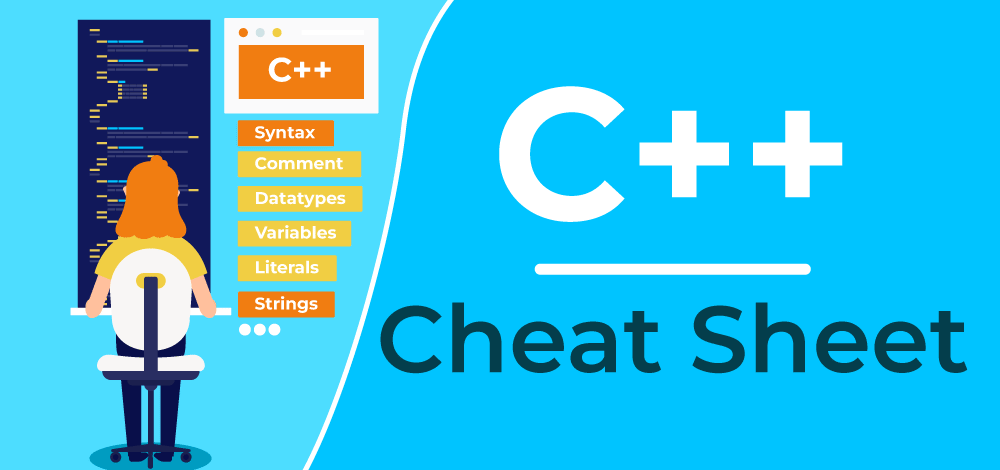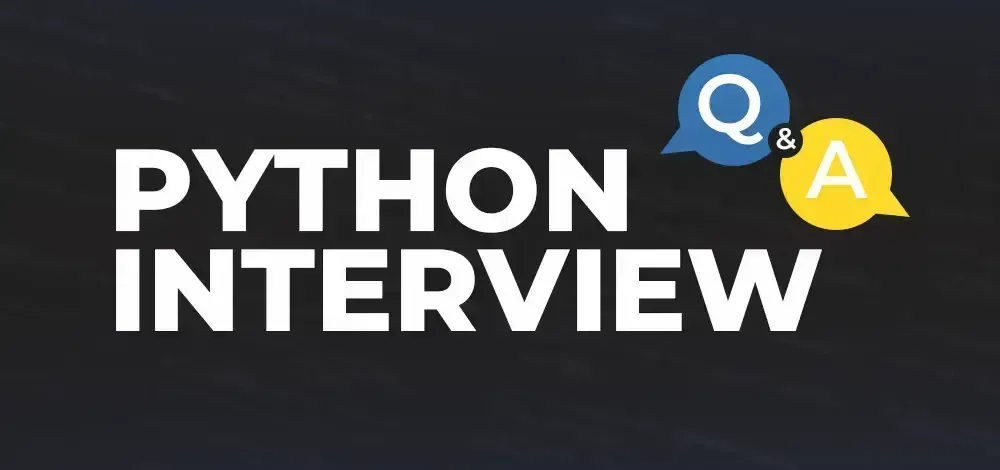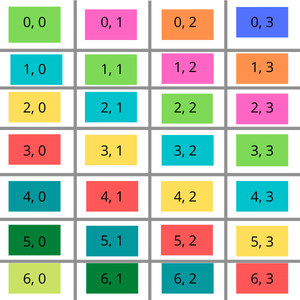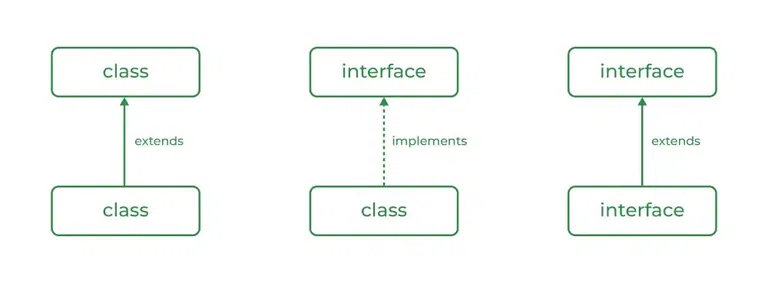Leaked AI Prompts: How to Improve Your Chatbot Interactions with Real-World Examples
Have you ever wondered what makes AI chatbots tick? A newly surfaced GitHub repository is offering a peek behind the digital curtain, revealing system prompts used by some of the biggest names in AI. This article explores this collection of leaked prompts and what we can learn from them.
What are Leaked System Prompts?
System prompts are the initial instructions given to an AI model that shape its behavior and responses. They define the AI's role, personality, constraints, and goals. They act as a blueprint for every interaction, and influence everything that the AI produces.
- Foundation for AI Behavior: Dictate how the AI should respond.
- Sets the Tone: They define the AI's persona and communication style.
- Defines Constraints: They control what the AI can and cannot do.
The Jujumilk3 GitHub Repository: A Treasure Trove of AI Insights
The GitHub repository "leaked-system-prompts," created by user jujumilk3, has become a focal point for AI enthusiasts.
This repository contains a collection of leaked system prompts from various AI models, offering insights into how these systems are designed and controlled. With 1.5k stars and 189 forks, it's clear this repository is a valuable resource for understanding AI.
Which AI Prompts are Included?
The repository contains a wide range of prompts from different AI models and platforms. This provides a broad view of how AI systems are being designed across different applications. Here is a sample of what is available:
- OpenAI Models: ChatGPT, DALL-E
- Anthropic's Claude: Including different versions like Claude 3 Haiku, Sonnet, and Opus.
- Microsoft's Offerings: Bing Chat and Copilot
- Google's Gemini: The 1.5 model
- Other AI Systems: Brave Leo AI, Perplexity AI, and others
Why are Leaked Prompts Useful?
Understanding these prompts allows us to reverse engineer and improve our interactions with AI. By dissecting how the prompts are structured, we can craft better prompts ourselves.
- Improve Prompt Engineering: Craft more effective prompts for desired outcomes.
- Understand AI Biases: Identify potential biases embedded in the prompts.
- Customize AI Behavior: Fine-tune AI responses to specific needs.
Examples of AI System Prompts
Let’s delve into some specific examples found within the repository:
- Anthropic Claude 3.5 Sonnet: System prompts outline the AI's role as a helpful, harmless, and honest assistant, emphasizing clear and concise communication. The prompts also specify how to handle uncertainty and avoid providing harmful information.
- OpenAI's DALL-E 3: Prompts focus on generating creative and diverse images, with guidelines on handling content restrictions and avoiding harmful stereotypes.
- Microsoft Copilot: Prompts aim to create a versatile and informative assistant capable of handling various tasks, from answering questions to generating creative content.
How to Use Leaked Prompts to Your Advantage
Now that you know about this valuable resource, here's how you can use it to enhance your AI interactions:
- Study the Structure: Examine the syntax and organization of effective prompts.
- Identify Key Elements: Note how constraints, roles, and goals are defined.
- Experiment and Adapt: Modify existing prompts to suit your specific requirements.
- Iterate and Refine: Continuously test and improve your prompts based on AI responses.
The Future of AI Prompt Engineering
As AI continues to evolve, prompt engineering will become an increasingly important skill. Understanding the inner workings of AI models, as revealed by resources like the jujumilk3 repository, is essential for harnessing the full potential of these technologies. Stay curious, keep experimenting, and continue to refine your approach to prompt engineering.








-method.png)
